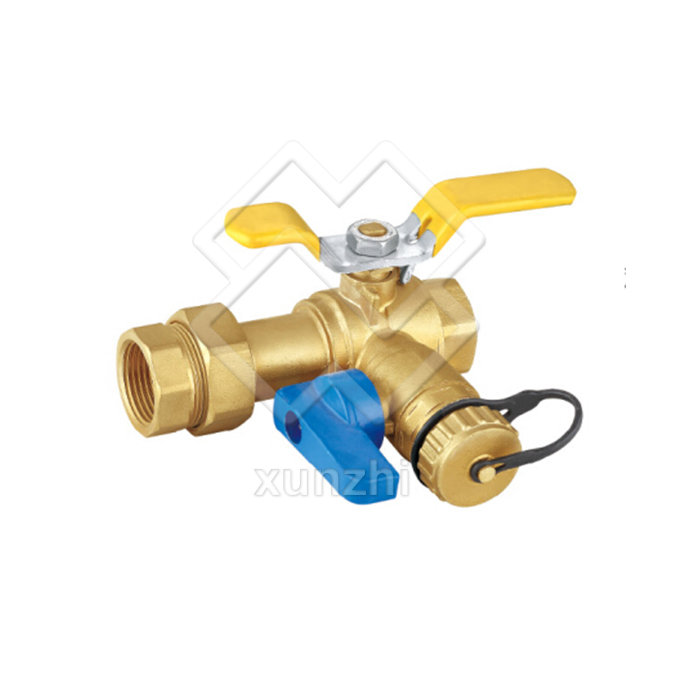The composition of a
brass Valve depends on its intended application and man's metallurgical prowess. Common types of brass valves are bronze and brass. The oldest of these materials, bronze is an alloy of copper and tin. Both brass and bronze valves offer advantages. The first one is more ductile and resistant to corrosion, while the latter is harder and less malleable. This material is able to withstand extreme temperatures and resists rusting.
The alloy brass is composed of zinc and copper. Brass is a soft metal, but it can withstand more heat than bronze and has a high resistance to corrosion. This characteristic makes brass valves ideal for home plumbing systems. The material is also better at withstanding welding than steel and stainless steel, making it an excellent choice for potable water and natural gas systems. However, a brass valve has drawbacks as well as advantages. Here are a few of them.
Brass and stainless steel have similar advantages and disadvantages. Brass is a good general purpose metal, but stainless steel is more corrosion resistant. Stainless steel valves are also better suited to high-quality applications, such as brewing and marine water. Copper and brass are not as corrosive as stainless steel, so you might want to consider these differences before purchasing a brass Valve. The only difference between brass and stainless steel valves is the price.

Brass valve tags are crafted from 19 gauge cartridge brass, and they measure 40 mils thick. Brass valve tags are suitable for general-purpose valve identification and are available in standard round and square styles. Brass tags can be engraved with custom legends. In addition, they can be permanently labeled pipes. Its use in plumbing systems requires a high level of corrosion resistance. The corrosion resistant material has a long shelf life. But, if you need a valve with a longer lifespan, it's not a bad idea to buy a brass valve instead of a stainless steel one.
Brass ball valves come in sizes ranging from 1/4 inch to four inches. They can be threaded or socket-weld and have a range of pressures from 60 to 600 PSI. They are also suitable for wetted materials and feature a threaded end connection. There are several different types of brass valves, so choosing the right one for your needs is very important. However, if you're not sure which type you need, Copperkey Software is a great tool.
Bronze is another common material for valves. Its cousin, brass, has similar properties, but they differ in price and appearance. Bronze valves are better for drinking water than brass, as they can contain lead, which can contaminate it. So, if you're unsure about which one to choose, check the properties of bronze vs. brass before making your purchase. When making your purchase, consider the quality of the metals in each case to avoid a costly project and leakage.
